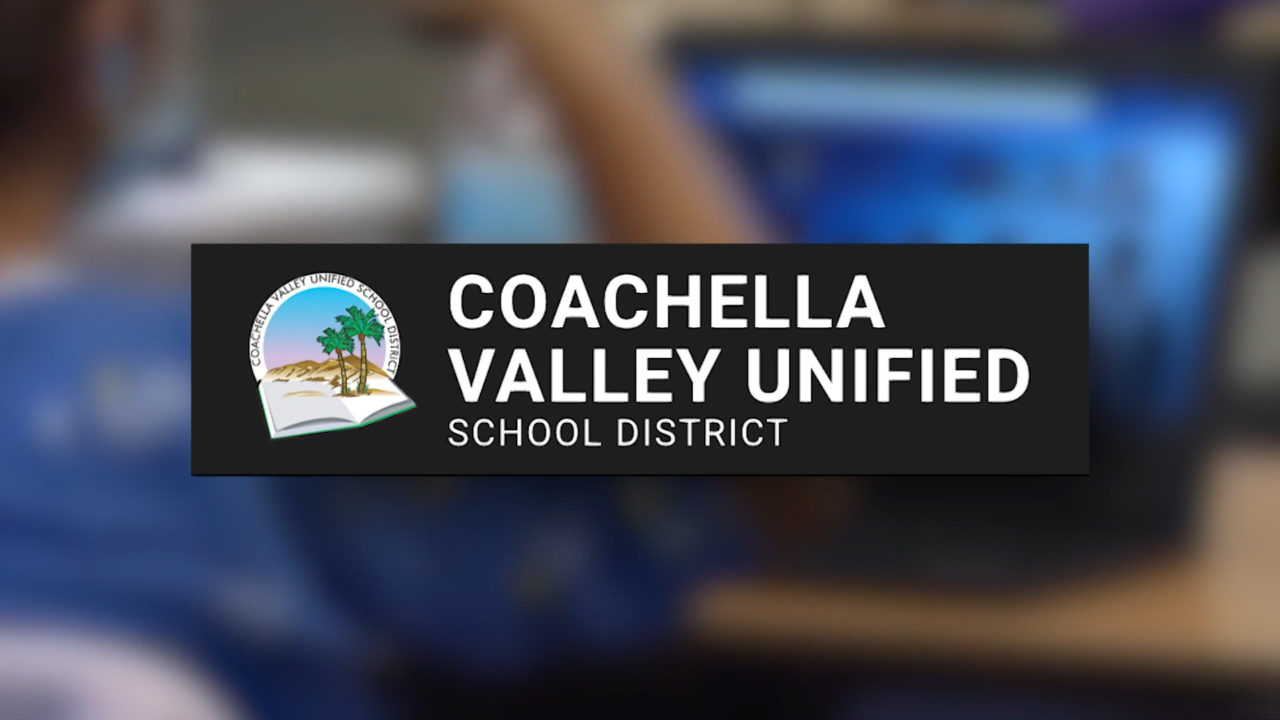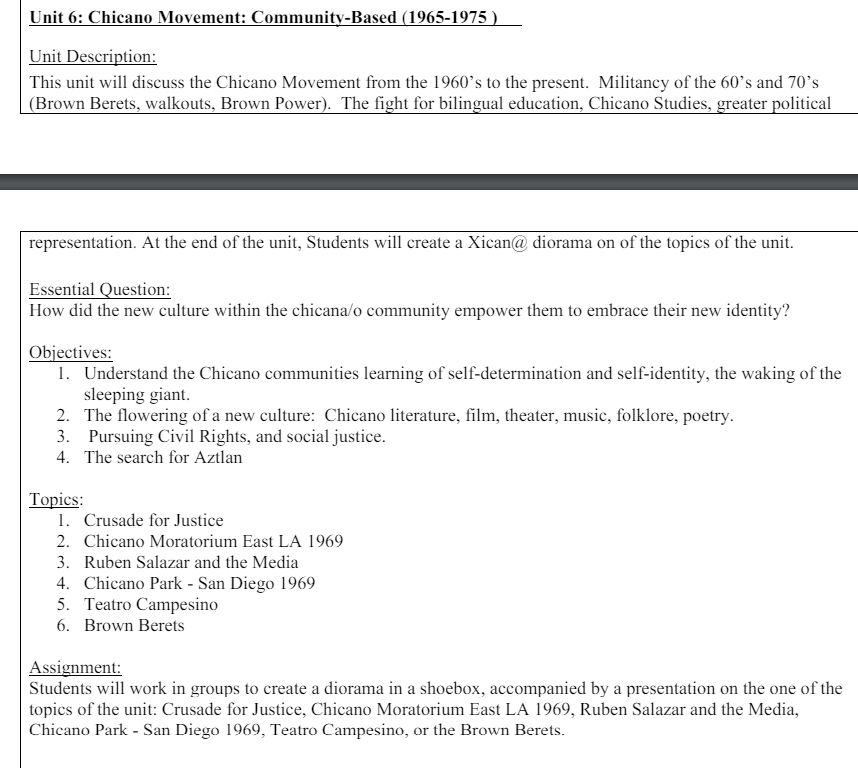
Multiple Coachella Valley Unified School District courses teach students critical race theory and critical gender theory; blames capitalism for wealth disparity
Incidents
Coachella Valley Unified School District offers students a number of courses which require that students “learn the theoretical foundations and lens’ of Ethnic Studies and Critical Theory” and “understand how race and gender is socially constructed through Critical Race Theory and Critical Gender Theory.” One course promotes that “wealth disparity in the U.S. is unimaginable and only keeps getting worse because of capitalism.”
We have previously reporrted on the district’s ethnic studies course here.
Coachella Valley Unified School District’s Race, Gender in the History of U.S. Politics course objectives include students learning the “theoretical foundations and the lens’ of Ethnic Studies and Critical Theory,” be “introduced to the different sociological perspectives and to become familiar with the factors that determine a dominant and a subordinate group in relation to power and privilege between dominant/subordinate groups (i.e. Hegemony),” and to “understand how race and gender is socially constructed through Critical Race Theory and Critical Gender Theory.”

In unit one, students analyze America’s founding with a focus on “the definition of race and racism at America’s birth and the birth of slavery in America; How different ethnic groups view American history vs. the way it is taught vs. the way it is embedded in society.” Unit objectives include an “analysis the [sic] theoretical foundations of the Declaration of the United States and how race was or wasn’t factored in writing it.”

In the final unit of the course, students are required to consider if “the past experiences of marginalized groups were left as a reminder of what once was, or if their examination of current situations, events and conditions, confirms that claim.” The intent is for students to “compare if real measurable progress has been made for marginalized populations based on race, class, gender.”

The district’s Chicana/o Studies course objectives include students learning the “theoretical foundations and the lens’ of Ethnic Studies and Critical Theory,” be “introduced to the different sociological perspectives and to become familiar with the factors that determine a dominant and a subordinate group in relation to power and privilege between dominant/subordinate groups (i.e. Hegemony),” and to “understand how race and gender is socially constructed through Critical Race Theory and Critical Gender Theory.”

Unit six of the course asks students how did the “new culture within the chicana/o community empower them to embrace their new identity.” Included in the unit topics is a study of the Brown Berets.

The district’s Statistics for Social Justice course objectives include students learning the “theoretical foundations and the lens’ of Ethnic Studies and Critical Theory,” be “introduced to the different sociological perspectives and to become familiar with the factors that determine a dominant and a subordinate group in relation to power and privilege between dominant/subordinate groups (i.e. Hegemony),” and to “understand how race and gender is socially constructed through Critical Race Theory and Critical Gender Theory.”

Unit five of the course titled “‘Normal Distribution and the Wealth in the US” states that students will “connect what they learned about density functions and normal distributions to different issues in society.” It continues by stating that the “wealth disparity in the U.S. is unimaginable and only keeps getting worse because of capitalism, laws and regulations that benefit the rich, and the lack of realistic opportunities for social mobility.” The students will “be exposed to different forms of oppression that they are faced with which maintain this structural inequality.”

Another unit states that students will “evaluate data about the issues surrounding educational attainment in relation to mathematics,” they will “examine data about policies that reinforce the school to prison pipeline,” and will “assess educational policies and beliefs to reimagine a system that will be more egalitarian.”

Unit seven has students “use data to compare different groups to each other, while looking at the complexities between certain samples” and to be “critical about stereotypes that exist which seem to be good.” It continues: “This issue around immigration and the comparison of Asians to Latinos is unreasonable because it ignores circumstances that contribute to educational attainment.” It also states that “data can be manipulated to show strong correlations that develop certain stereotypes about certain groups and students need to be conscious and critical about this.”

The district’s Multicultural Literature course for tenth graders states that students will “learn the theoretical foundations and the lens’ of Ethnic Studies and Critical Theory,” be “introduced to the different sociological perspectives and to become familiar with the factors that determine a dominant and a subordinate group in relation to power and privilege between dominant/subordinate groups (i.e. Hegemony),” and to “understand how race and gender is socially constructed through Critical Race Theory and Critical Gender Theory.”

Key assignments include students writing a “one-page essay synthesizing the theoretical foundations and lens of Ethnic Studies, Critical Theory, Critical Race Theory, and/or Critical Gender Theory.” Students will then “reflect on how these concepts and frameworks impact historical and current events.” Finally, students will “assess how the use of the critical lenses will shape their educational journey.”

A unit 1 assignment titled “Poem: A Call to Action” states that students will “continue to research current events they feel is an example of social oppression, racism, or discrimination in relation to the Black Lives Matters Movement.”

Course “anchor texts:”

Course vocabulary:

The district’s Social Justice Leadership Pacing Guide teaches students to “understand how race and gender is socially constructed through Critical Race Theory and Critical Gender Theory.” The course also states that students will “learn the theoretical foundations and the lens’ of Ethnic Studies and Critical Theory.”
Additionally, the course guide states that students will also be able to:
- “Identify and define what is oppression and privilege”
- “Uncover how racism manifests itself in society”
- “Define Microaggressions, its use and its effects”
- “Define racial trauma”
- “Identify what is homophobia and heterosexism”
- “Learn the history of community organizing: ex. Chicago Movement, Black Lives Matter”

Course Vocabulary:

Course texts include Delgado and Stefancic’s “Critical Race Theory: an introduction” and Paulo Freire’s “Pedagogy of the Oppressed.”

Stay Informed
